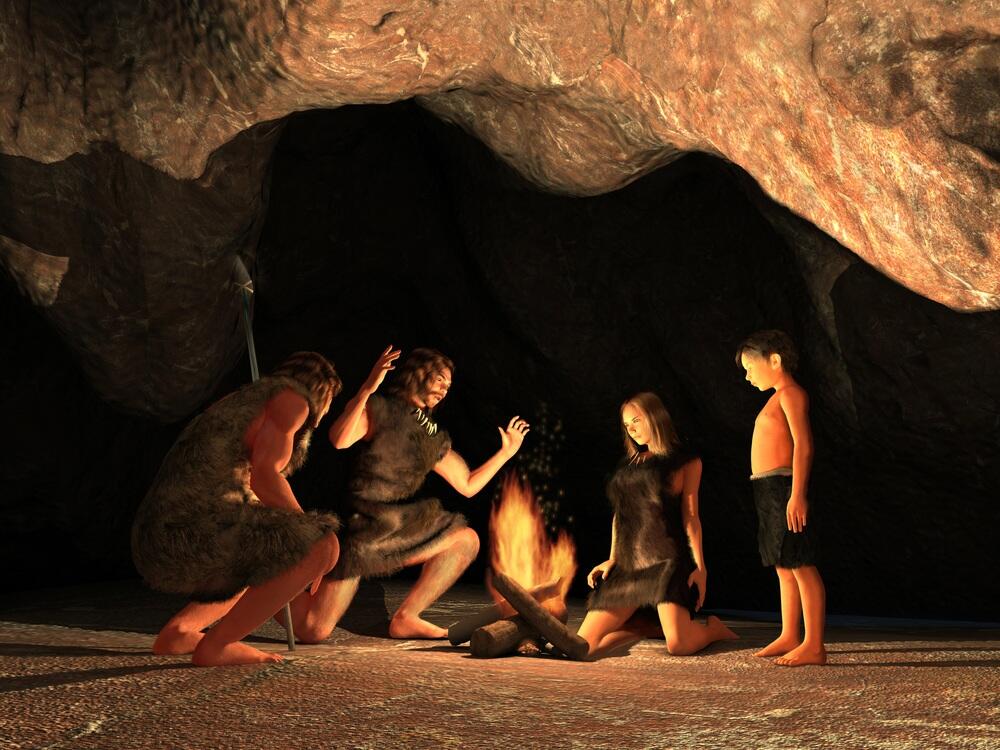Getting your Trinity Audio player ready...
Researchers conducted experiments using archaeological evidence and wild birds to replicate how Neanderthals cut up and cooked small birds.
Neanderthals had a diverse diet that included small birds, large mammals like mammoths and rhinos, fish, nuts, fruits and mushrooms.
Butchering raw birds required precision, effort, and sharp tools like rocks, while roasting birds over coals was easier. Maintaining consistent temperature and duration was crucial to avoid overcooking.
Cut marks and burns on the bones showed evidence of roasting methods used.
Food preparation methods for smaller items like birds leave few traces in the archaeological record, but microscopic examination of bones revealed evidence of butchery. Cooked bird bones were more brittle and fragile.
Cooking made foods easier to eat and increased nutritional benefits for Neanderthals.
Neanderthals were a close relative of modern humans but went extinct around 40,000 years ago.
This article was written in collaboration with Generative AI news company Alchemiq
Sources: Independent, PopSci, Discover Magazine, Ars Technica, New Scientist, Earth.com, Archaeology Magazine, Female First, Inverse, Ancient Origins, ZME Science, Bullfrag, Study Finds, Daily Mail, Frontiers.


